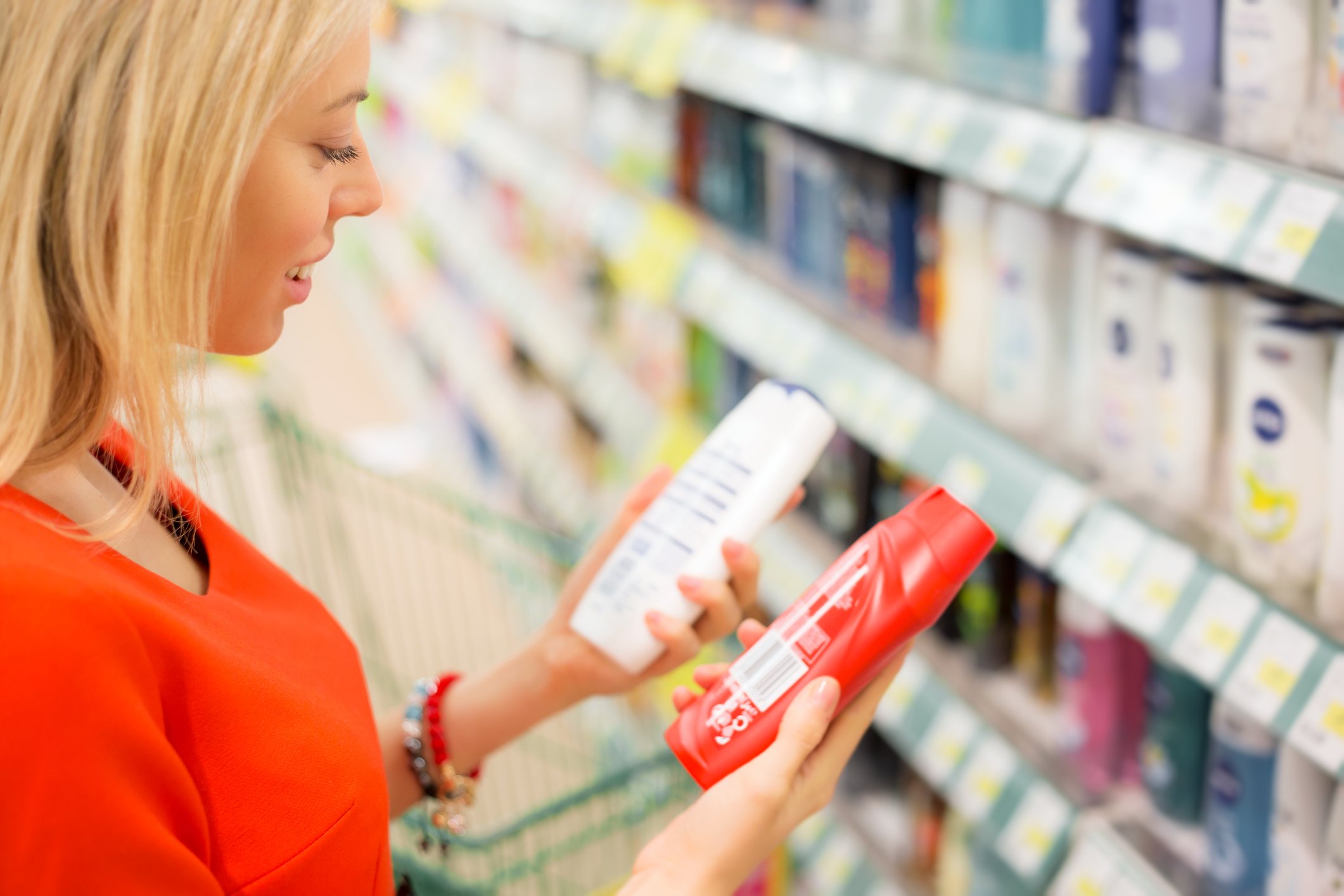Your skin is the largest organ in your body. It protects and gives you signals from the environment, and regulates temperature and water. We often don’t think about the functions of our skin until it starts to cause us problems – itching, rashes, acne, discoloration, premature aging, etc – all of which can be a signal of something deeper going on in our body. The skin is also a great absorptive surface, for better or for worse. We can use this effect to our benefit for absorbing certain medications or nutrients applied topically (eg. estrogen, testosterone, magnesium), though the absorptive nature of skin also makes us susceptible to adverse effects from environmental exposures that may be allergic or irritant in nature.
ouTSIDE IN VS AND INSIDE OUT
Whether it’s limiting exposures to harmful substances, or increasing exposure to therapeutic agents, both internal and external approaches can, and should, be used in conjunction to promote optimal skin health.
outside in
Skin & The Immune System —> Allergies
An allergic response occurs when the immune system reacts abnormally to a substance found in the environment. The substance that provokes the reaction is called an allergen.
3 Categories of Allergens:
Ingested allergens - reactions to food or things consumed orally
Inhaled allergens - reactions to substances we breathe in
Contact allergens - reactions to substances applied on skin or mucus membranes (lips, mouth, groin)
Skin Allergies
Allergic reactions tend to happen after repeated exposure to a substance. The reaction never happens to the first exposure because the immune system must first become sensitized to the chemical.
Once you have been sensitizes, you will always be allergic to it.
Sudden development of allergies is possible.
Even small amounts of allergen can trigger a reaction that can last for several weeks.
With each new exposure, the reaction becomes stronger.
The reaction can spread beyond the exposure site.
A reaction need not happen immediately - it can take hours or days to present.
Allergy Testing
Prick testing - for allergens ingested or inhaled
Patch testing - for contact allergens
Top Allergens in Personal Care Products
Fragrances
Preservatives
Hair dyes
Lanolin
Synthetic detergents
Botanicals
Nail cosmetics
Sunscreens
Skin and The Immune System —> Irritants & Intolerances
Skin irritants elicit non-allergy reactions, that may be immediate, dose-dependent, and/or cumulative.
Irritant Reactions
Irritation is dose-dependent - the more you are exposed, the more severe the reaction.
Irritation is cumulative - multiple exposures, multiple chemicals.
Irritation can happen after a single exposure.
Irritation does not necessarily happen after every exposure (cumulative exposures impact the outcome).
An irritant reaction can happen immediately after exposures and can resolve quickly after exposure ends.
Top Irritants in Personal Care Products
Water
Soap and detergents
Fragrances
Botanicals
Alcohol
Abrasive scrubs
Vitamin A derivatives and Alpha-Hydroxy Acid (AHA)
Shampoos and conditioners
inside out
Your skin is also reflective of what is going on within your body. We see this often with certain conditions that have dermatologic manifestations, such as Celiac disease (dermatitis herpetiformis), systemic lupus erythematosus (malar erythema), PCOS (acne) and many others. Aside from diagnosable pathologies, functional imbalances and other factors can also impact the quality and health of our skin. These may include:
Inflammation
Hormonal imbalances
Diet
Digestive issues
Food sensitivities
Sun exposure
Stress
Nutrient deficiencies
Immune dysfunction
Medications or supplements
Smoking
Infections
Skin problems are often multifactorial, and as such often require a multi-factorial approach. Whether you are addressing the symptoms of chronic disease or looking to improve the appearance and health of your skin overall, optimizing and correcting any one or several of these factors may be necessary to achieve desired results.
THE FIRST STEP TO TREATMENT IS A PROPER ASSESSMENT.
Deciding where to start can be overwhelming. With no shortage of information online, many times patients are confronted with information and option overload. A detailed history taking with a health professional can help to narrow down areas to focus on and get you started on a treatment plan tailored to your individual needs to help you love the skin you’re in.
In health,
Dr. Jacalyn Sieben, ND
PS - for more information about a holistic Outside-In approach I highly recommend the book referenced below.
Reference:
Skotnicki, S. (2018). Beyond soap: The real truth about what you are doing to your skin and how to fix it for a beautiful, healthy glow. Penguin Random House.





